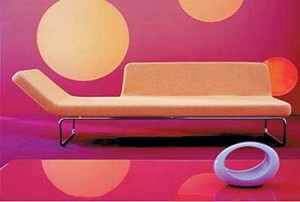Since the major domestic mainland China LED high bay production, has been to carry forward the “cottage” level, follow the trend of Europe and the United States, production is mostly back-end products. The country continues to introduce high equipment, advanced technology, but still exists a considerable gap between cutting-edge technology and international prices. In particular, although there are companies announced the establishment of R and D center chip on the chip manufacturing and high-quality package, but still weak. State-of-the-art technical requirements of high-end market, domestic enterprises mostly look prohibitive, have turned to the package, the application of labor-intensive areas. Excessive business competition are put into the back-end products, the lack of channels and immature, and the absence of the brand is flooded with low-end products, product homogeneity serious, the market is a bit confusing.
Patent property rights in the international high-end LED boat lighting, the proportion of China’s enterprises is extremely small, which involves the product patent minefield heavy, exceptionally awkward. Authoritative experts in the industry pointed out that the global LED patent portfolio the strongest, the proportion of the number of patents accounted for 28 percent of the world, while China accounted for the proportion of only 9.3% of the world, especially the extension of the upstream technology and chip manufacturing applications the amount of gap is obvious. LED chip substrate manufacturing, nearly 90 percent of companies have chosen to pay a lot of money royalties to Nichia Chemical of Japan. Although in recent years in mainland China LED boat lighting technology patent application rate of the first in the world, but in the original application for a patent, utility model patents, the proportion is as high as 68.5%, the ratio of invention patent applications accounted for only 31.5%, the structure of the patent application to be optimized.

